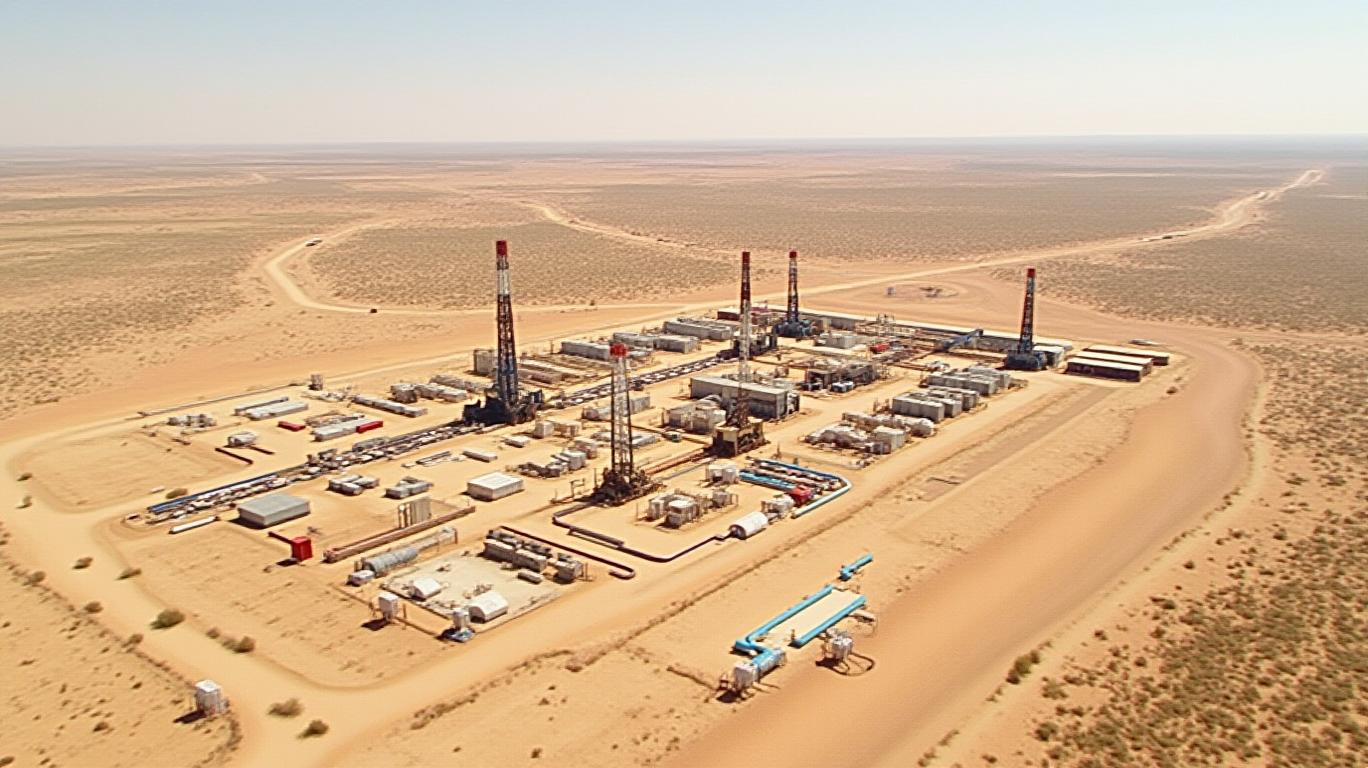Verallia’s Q1 2025: Navigating Turbulence with a Focus on Volume and Innovation
Verallia’s first-quarter 2025 results reveal a company grappling with headwinds but showing resilience through strategic execution. While revenue dipped 2.2% year-on-year to €818 million, the glass packaging giant highlighted volume recovery, cash flow discipline, and bold environmental initiatives as pillars of its evolving story. Let’s unpack the numbers and assess whether this sets the stage for a stronger second half of 2025.

Revenue Pressures: Price Cuts and Inflation’s Toll
Verallia’s top-line decline—3.6% at constant currency—stems from two key factors: legacy price reductions carried over from 2024 and new 2025 negotiations that forced selling prices lower. Additionally, a slight shift in product mix (e.g., more cost-sensitive non-alcoholic beverage packaging) compounded the issue. The adjusted EBITDA margin collapsed to 18.0% (from 24.4% in Q1 2024), with inflation widening the gap between input costs and realized prices. A temporary inventory valuation effect further dented profitability, though the company’s Performance Action Plan (PAP) delivered €13 million in cost savings—outpacing its 2% target.
Investors have yet to fully reward this progress, as shares remain range-bound, reflecting broader sector skepticism. But the company’s decision to raise its free cash flow target to exceed €200 million—a modest upgrade from its original €200 million goal—signals confidence in its liquidity.
Volume Growth: A Bright Spot Amid Struggle
The silver lining? Volumes are rebounding. After years of destocking and weak demand in 2024, Verallia’s organic production rose across key segments: beer, spirits, and non-alcoholic beverages all showed momentum. The acquisition of Corsico in Italy added 2.4% to Southern Europe’s volume growth, while Latin America—excluding Argentina—stabilized after hyperinflationary turmoil. Notably, spirits demand in the UK lagged, but Northern and Eastern Europe saw post-2024 improvements. This volume recovery, combined with a leaner cost base, positions Verallia to capitalize on cyclical demand recovery.
Strategic Leverage: Decarbonization and Workforce Restructuring
Verallia’s long-term bets are bold. In Essen, Germany, its partnership with ArcelorMittal and Uniper launched a hydrogen-fueled furnace—the largest in the glass industry—which aims to cut CO₂ emissions by 8–10% annually. Meanwhile, a new oxy-combustion furnace in Brazil (to start by mid-2025) targets an 18% emissions reduction. These moves align with its 2030 goal of a 46% CO₂ cut, bolstering ESG credentials and potentially unlocking green financing.
On the cost front, workforce reductions at two German sites (targeting 100 roles) will cost €10 million but aim to align capacity with market realities. This underscores a pragmatic approach to adapting to demand fluctuations.
Risks and Uncertainties
The road ahead isn’t without potholes. The Brazilian real and Argentine peso’s depreciation shaved €13 million off revenue and €4 million from EBITDA. Geopolitical tensions—especially in Europe and Latin America—have forced Verallia to lower its full-year EBITDA target to €800 million (from €842.5 million). Additionally, BWGI’s unsolicited €30/share bid looms, though Verallia’s board will await an independent review before responding. Legal scrutiny in France also adds uncertainty, though no wrongdoing has been confirmed.
Outlook: Pragmatism Meets Opportunity
Verallia’s revised guidance reflects realism: it’s scaling back EBITDA expectations but doubling down on free cash flow. With €928 million in liquidity and a net debt ratio of 2.3x (up from 2.1x), the balance sheet remains manageable. The free cash flow target increase to “exceed €200 million”—despite €13 million in restructuring costs—hints at operational leverage from volume gains.
Crucially, the company’s environmental projects could yield long-term competitive advantages. As governments and consumers demand greener packaging, Verallia’s investments in hydrogen and biofuels may differentiate it from peers. The upcoming capital markets day in September will be critical for articulating this vision to investors.
Conclusion: A Mixed Q1, But Signs of Strategic Clarity
Verallia’s Q1 results are a reminder that cyclical industries require patience. While margin pressures and inflation remain unresolved, the volume rebound, PAP execution, and decarbonization progress offer tangible positives. The stock’s muted reaction to the report suggests skepticism about near-term profitability, but the free cash flow upgrade and strategic bets on innovation could shift sentiment.
With €3.5 billion in 2024 revenue and 11,000 employees across 35 plants, Verallia isn’t a small player—it’s a critical supplier to global beverage giants. If volumes continue to recover and its environmental projects deliver scale, the company could emerge stronger from this downturn. Investors, however, should remain cautious on valuation until margin stability materializes. For now, the glass is half-full—literally and figuratively.

_b905d9341749265671656.jpg)








